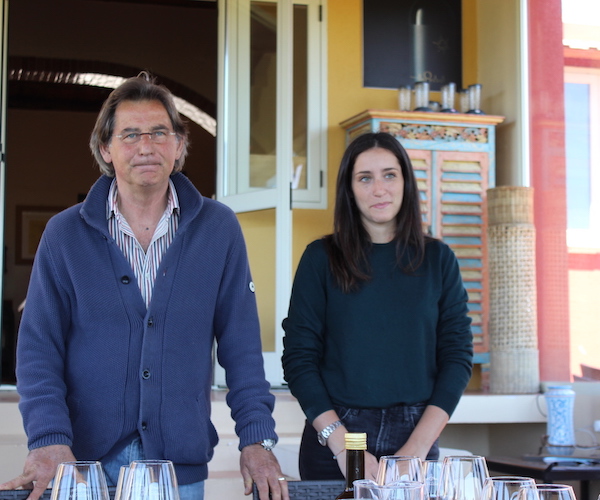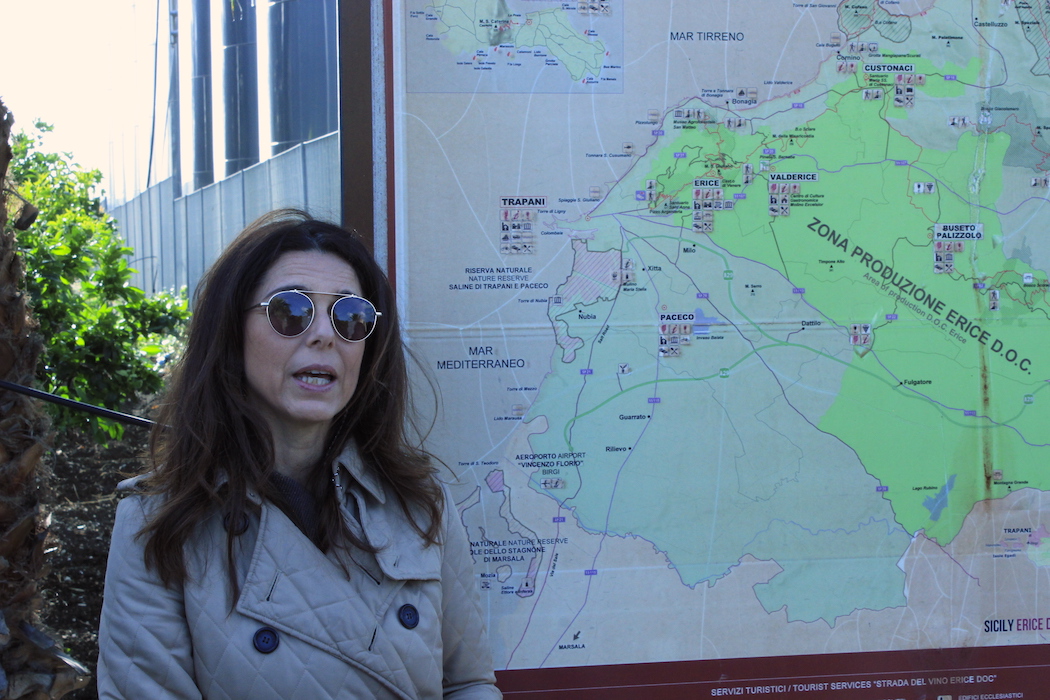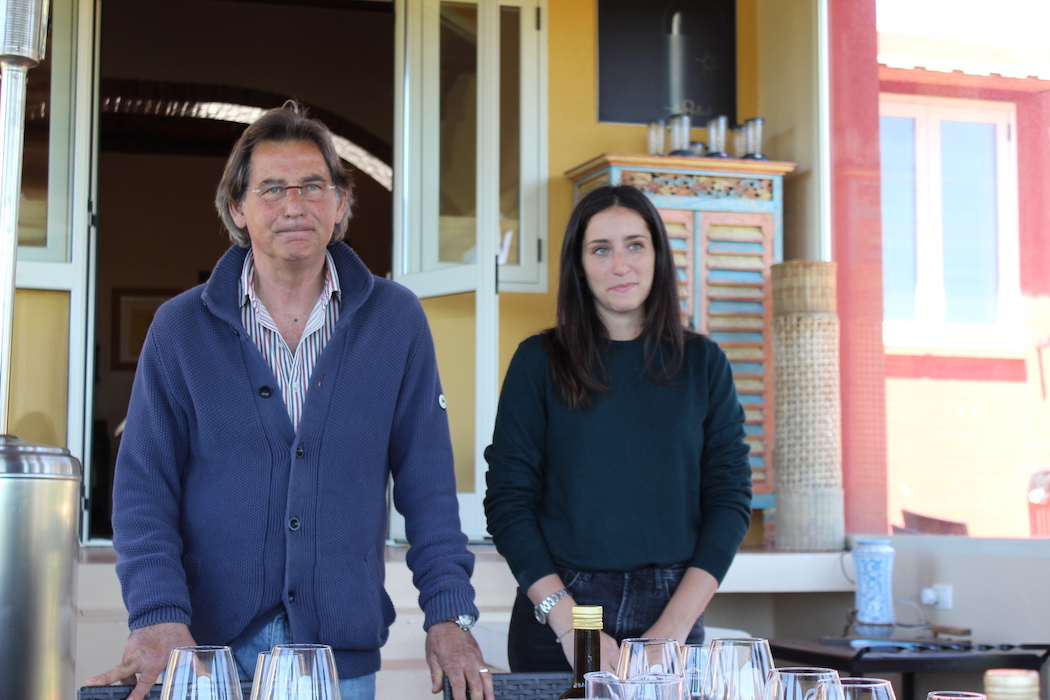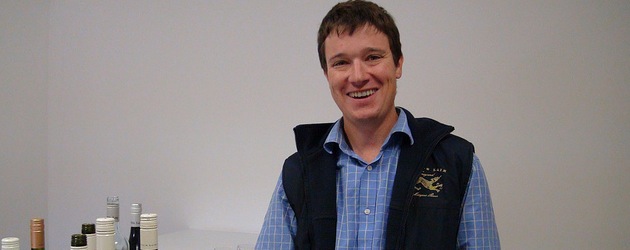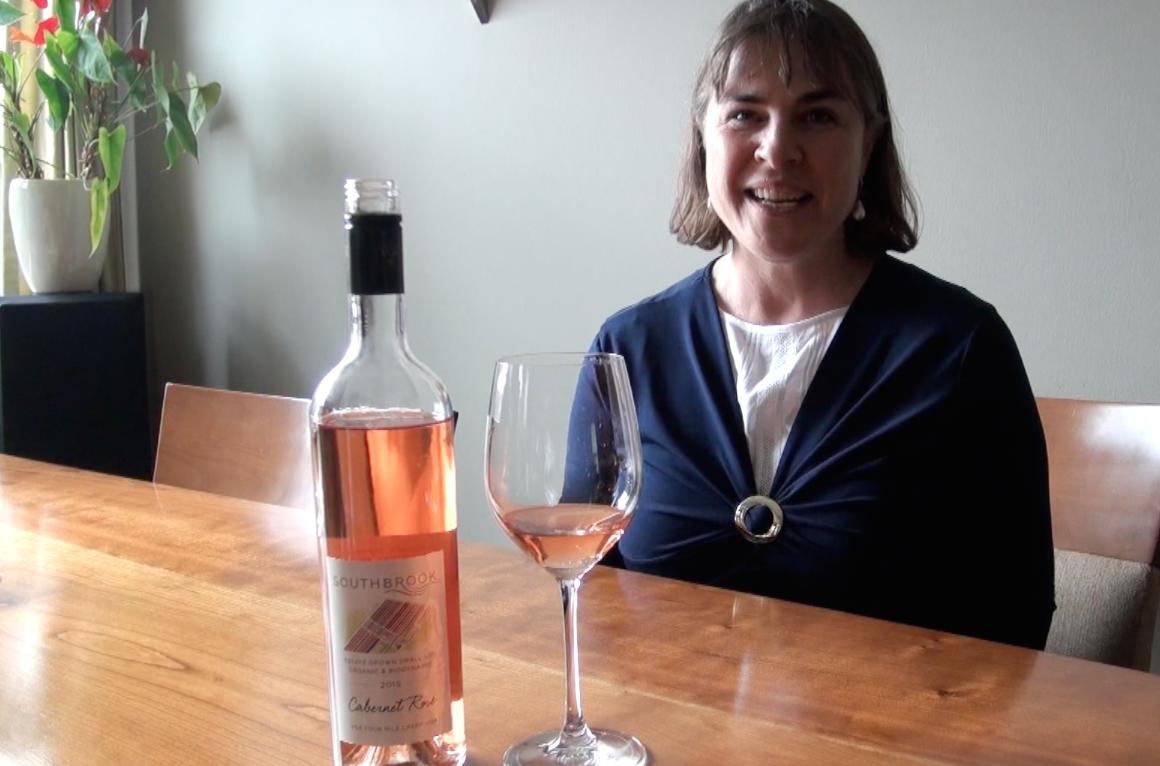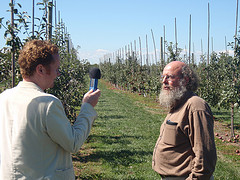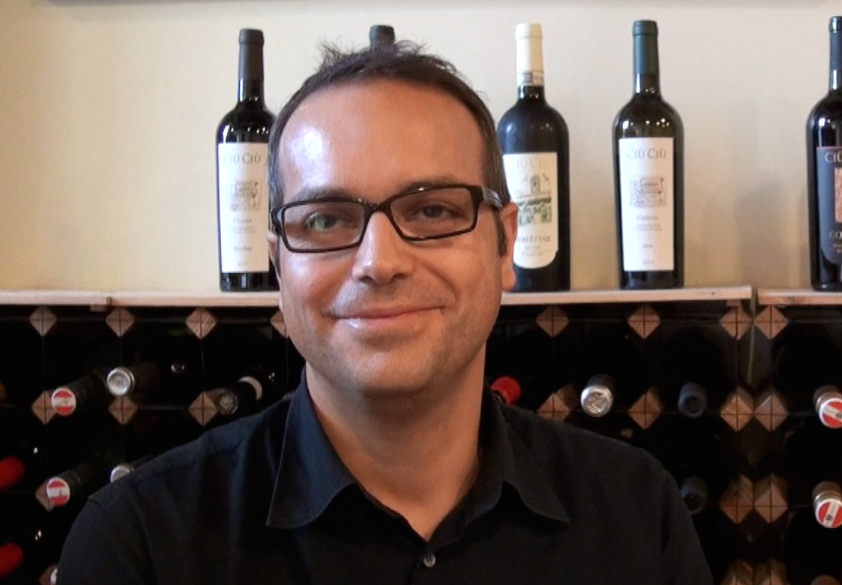Malcolm Jolley appreciates an unsung Sicilian grape.
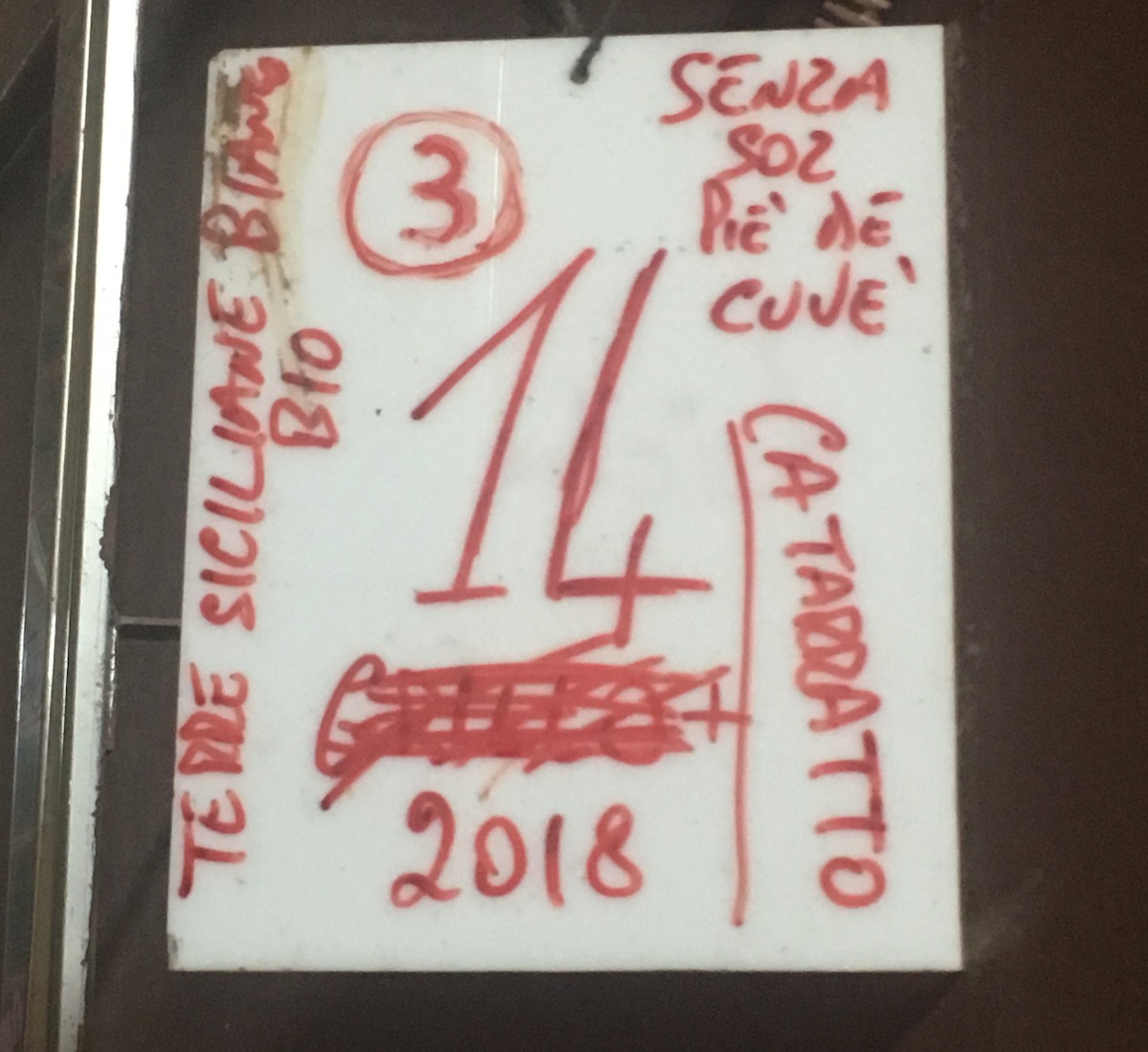
The entry for Catarratto in the Fourth Edition of the Oxford Companion to Wine is small paragraph despite its admission that the indigenous Sicilian variety of white grape “may be the most planted in Italy”. As it explains, Catarratto has a hard time gaining the respect of the wine world just for this reason, and was for some time thought to be a principal contributor to the proverbial European Wine Lake and targeted by the EU for overproduction. Even at last May’s Sicilia En Primeur grand tasting of more than 350 newly released wines, only 14 from 11 producers were 100% Catarratto. I was at Sicilia En Primeur as a guest of the Assovini Sicilia constortium of the island’s winemakers, and while I may have been a little disappointed that there weren’t all that many Catarratto wines to taste at the conference in Syracuse, I managed to taste some lovely Catarratto wines beforehand in the Western part of the island.
While it’s grown all over Sicily, the heartland of Catarratto are the hills of the western tip of the Sicilian triangle, south by southwest of Palermo, stretching to the seaside saltworks of Trapani and down to Marsala. Catarratto was, and still is, one of the principal grapes used for the production of sweet fortified Marsala wine. There, in the adjoining sub-regions of Monreale, Trapani and Erice, my group of visiting wine journalists tasted at four wineries, all of which had an expression of Catarratto and a conviction that this grape was due for comeback. At Feudo Disisa the Di Lorenzo family hosted us for lunch and we tasted two vintages of their Lu Bancu 100% Catarratto brought up in stainless steel. The 2017 was from a warmer year and ran into tropical fruits, while the 2016 from a “perfect vintage” showed more fresh peachy stone fruit. Aha, lesson learned: Catarratto will show vintage variation. Further west at Fazio, nestled in old volcanic soils near the picturesque medieval hilltop town of Erice, Dr. Lily Fazio led us through a tasting which including their 2018 stainless steel Calebianchi 100% Catarratto: bold and zippy with lemon notes, while the barrique aged 2016 Trenta-Salmi from 70 year old vines was entirely different beast with a deeper citrussy line.
At Rallo, south of Alcamo, we tried the 2015 and 2017 vintages of their organic Catarratto, Beleda. It’s fermented in stainless steel, but left on its lees for three months. The 2015 was lean and mineral, with lemon and some stone fruit notes. The 2017 Beleda, which was awarded ‘Tre Bicchieri’ from Gambero Rosso, had a thrilling line of acid that moved through an intense ‘Five Alive’ hit of citrus fruit. Down the road at Spadafora we tasted lots of wine but not, for some reason, their Catarratto. We did, however, talk about Catarratto, which Francesco Spadafora grows and passionately makes wine with. He said traditionally Catarratto was thought only to be good for blanding, to give body to wines made with the more aromatic grapes like Grillo or Inzolia. But he, and some of the more forward thinking winemakers in the West of Sicily had spent the last 10 or 15 years working on a ‘rebirth’ for the grape. A few days later, at the Sicilia En Primeur in Syracuse, I tasted the 2018 Spadafora which came off as cool and mineral with a resonate note of lime.
I hope word of the Catarratto renaissance spreads. The grape reminds me a bit of Chardonnay in that it responds not just to terroir and vintage variation, but also to technique. Let’s hope more gets out of Sicily soon.

